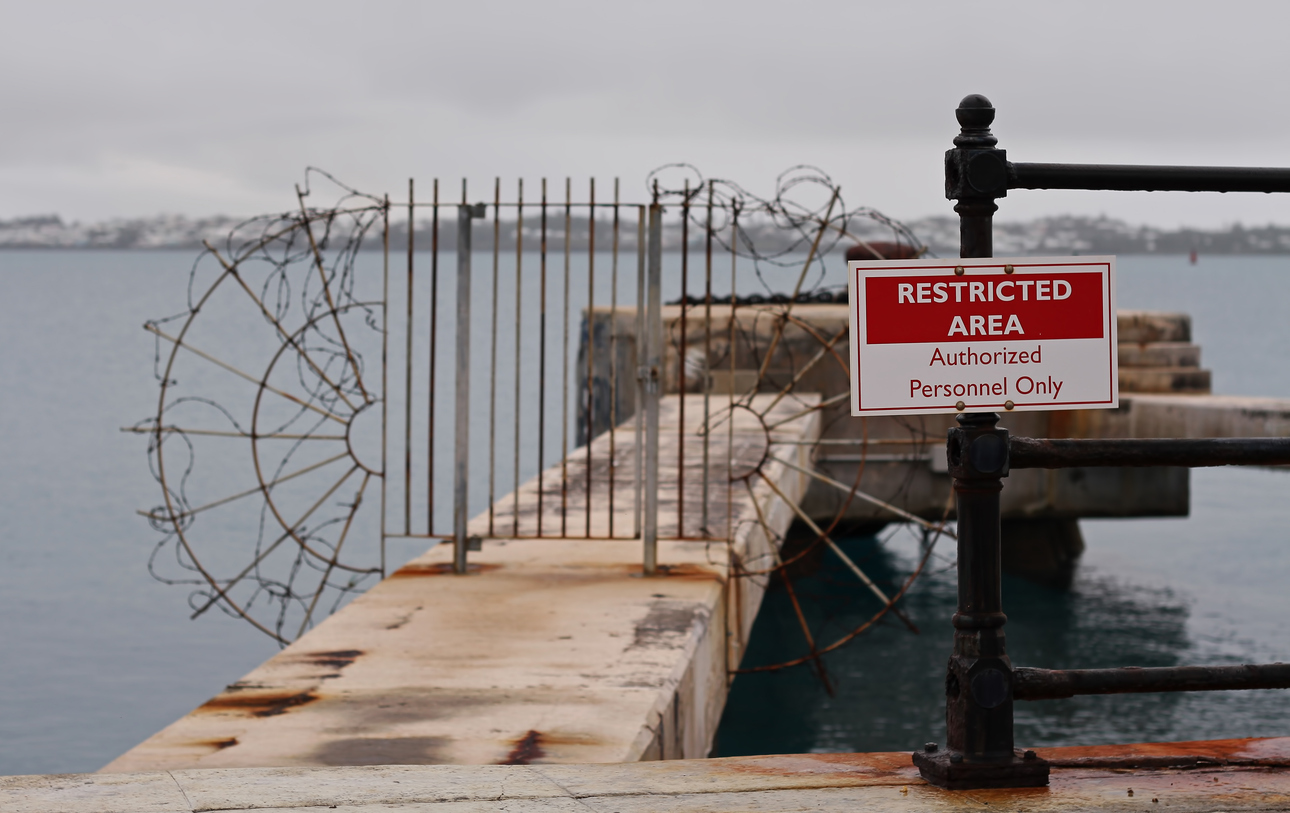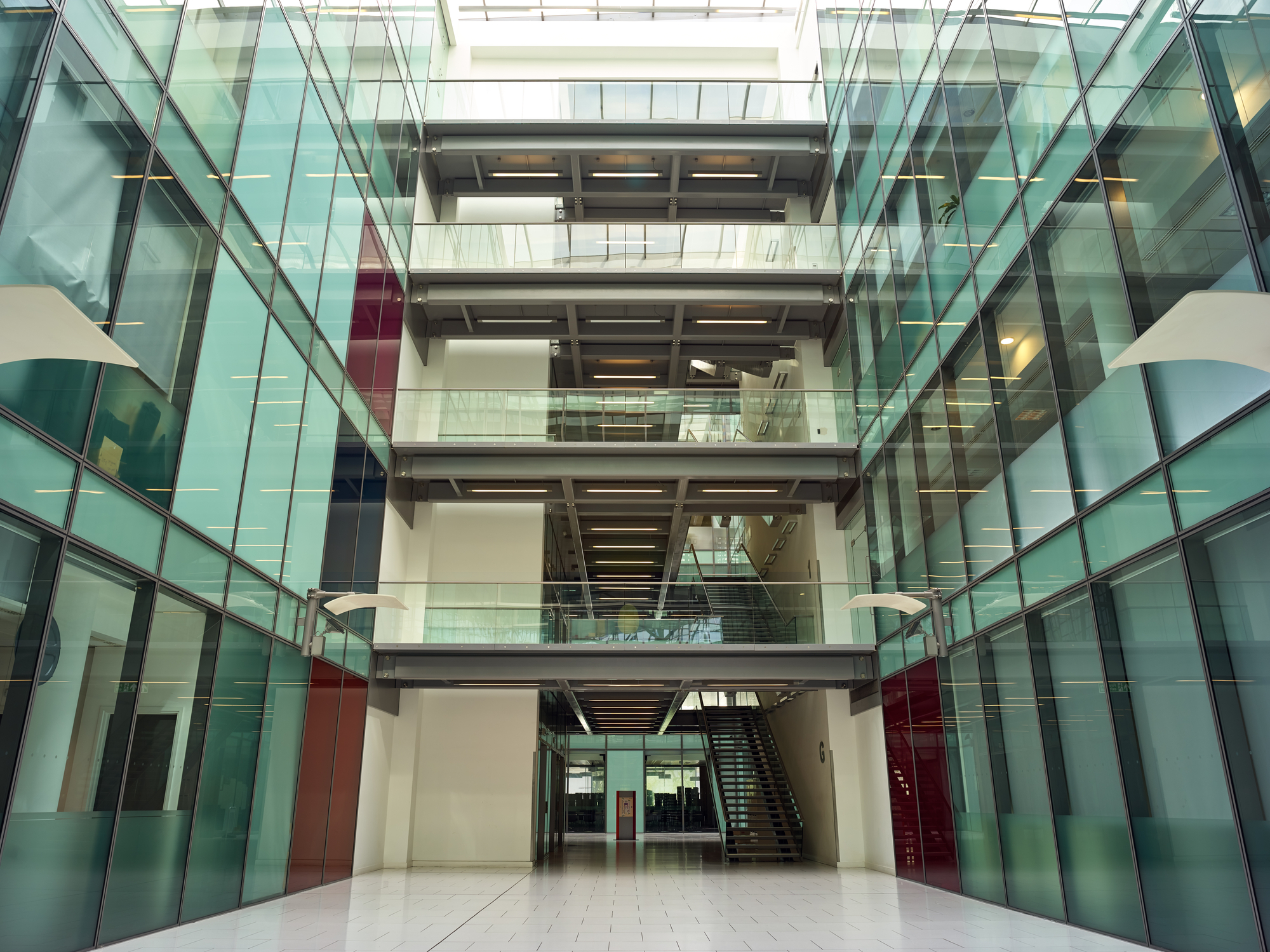5 Challenges Lakeside Property Owners in Chicago Must Deal With
Illinois has 63 miles of coastline along Lake Michigan, and the city of Chicago claims 26 of those miles. The shoreline includes several public beaches, 18 miles of hiking and biking trails, and picturesque landscapes that locals and tourists alike can enjoy. To help maintain and protect the shoreline for future generations, the Shoreline Protection Project was introduced in 1996. This long-range project includes repairs to the infrastructure and stonework on the shoreline as well as the consistent evaluation and support of the existing shoreline to protect it from erosion. While the Shoreline Protection Project and the regulations that go with it are for the greater good, they can present some challenges for Chicago lakeside property owners.
1. Weather and Climate Change
Chicago is lucky enough to experience all four seasons, but the weather can wreak havoc on the shoreline. Storms and wind can increase erosion of the beach, which can impact shoreline properties, and the rising lake level threatens to overtake properties over the next few decades. After a record low water level in 2013, Lake Michigan’s water levels hit record highs between 2017 and 2020. While water levels fluctuate with the weather, experts expect the water levels in the Lake Michigan-Huron system to increase by around 17 inches overall through 2050.
High water levels can also make it harder for studies to be done on how fast the shoreline is eroding and what could be put in place to mitigate the losses. These types of projects require lengthy planning stages to ensure that the work will last and that there won’t be any negative effects on the environment.
2. Changing Regulations
Long-term lakeside property owners already know how often zoning and other regulations can change, and it’s likely that these changes will continue to happen as more studies are done on the shoreline and processes put in place to protect it. What was once allowed or didn’t need a permit could very well be prohibited now or in the future. Keeping up with these ongoing changes and new regulations can be difficult for the property owners they affect most. If you have questions about zoning, shoreline protection regulations, or other real estate issues in the Chicago area, schedule a consultation with our firm to find out what is allowed and what your options are.
3. Difficulty Getting Development Projects Approved
Because the shoreline is a protected area, it can be very difficult for Chicago business owners to get development plans approved. There is a lengthy application process that takes place to ensure that any development projects are done in accordance with the Lake Michigan and Chicago Lakefront Protection Ordinance. The applicants must provide detailed information on the scope of the project, the land use, and the overall size, including height, of the planned structure. They must include detailed figures that show the map of the vicinity of the site, the existing site, and proposed floor and site plans.
In some cases, current lakeside property owners may need to submit an application for upgrades, such as adding in a pool or a deck, to ensure there aren’t any impacts to the shoreline or the environment. It can be very challenging to get a zoning variance if necessary for development plans along the shoreline, and it’s likely you will need legal help.
4. Public Trust Doctrine
One of the big draws for lakeside property owners is having the beauty of Lake Michigan literally in their backyards. But this privilege can also come with some inconvenience and privacy concerns. The Public Trust Doctrine explains that the shoreline of the lake is publicly accessible, even if it’s on private property. When you buy a lakefront property, you could own the land to the water’s edge, depending on how the lot is laid out, but members of the public are still allowed to access the land that exists between the edge of the water and the ordinary high water mark. The ordinary high water mark is defined as the place on the shore where the rise and fall of the water is consistent enough for a distinct mark to appear.
While it’s possible that property owners may be able to put up fencing or another barrier to maintain privacy and block sight lines, these must be done with permission and in accordance with the shoreline regulations. If you are concerned about buying lakeside property because of public shore access or you aren’t sure what’s allowed to protect your property, a real estate attorney can help.
5. Increase in Wildlife
Many people choose lakeside properties because of their closeness to nature and the chance to see the beautiful lake and vibrant wildlife every day. But as shoreline protection measures are put in place, it’s likely that the natural wildlife populations in this area will continue to increase due to habitat restoration. This could leave some property owners dealing with potential issues. In some cases, it can help to integrate a shoreline buffer of 35 to 50 feet from the water’s edge into your landscaping plans to provide a space for the wildlife.
The legal team at Nery, Richardson & Konewko LLC has more than 30 years of combined experience and is here to help Chicagoans with lakeside properties navigate complex real estate issues. Call our office at 773-582-7000 to schedule a consultation. We will listen to your concerns, provide information about our services, and outline your potential next steps.






